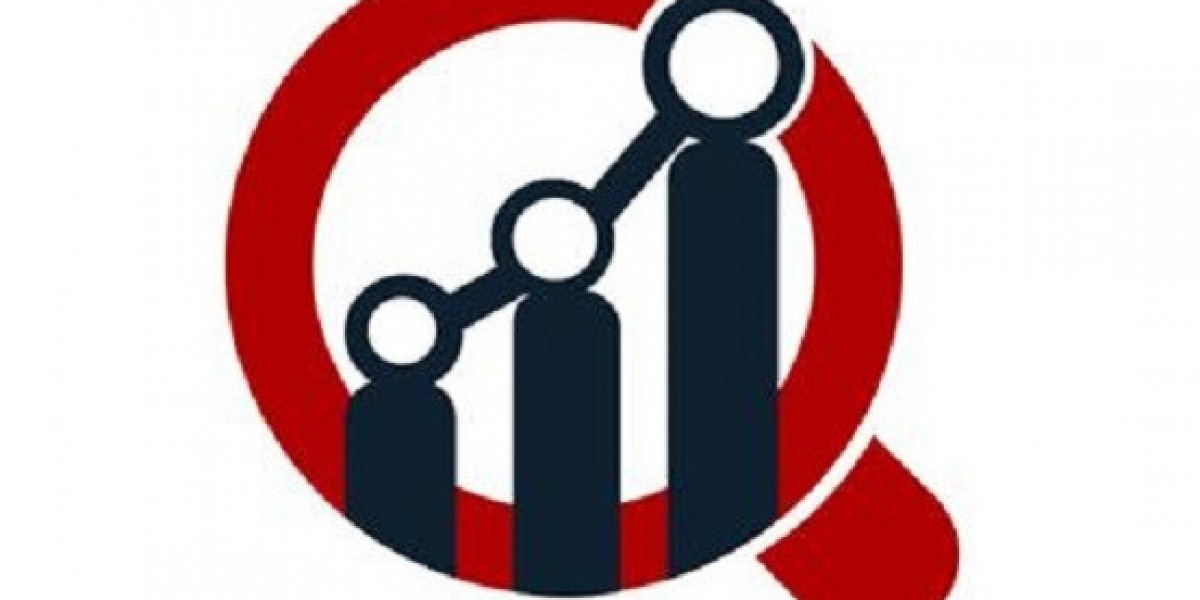The Persistent Threat of Hospital-acquired Infections
Hospital-acquired infections (HAIs), also known as healthcare-associated infections, pose a significant and ongoing challenge to healthcare systems worldwide. These infections can occur during a patient's stay in a hospital or other healthcare facility and are often resistant to standard treatments, leading to prolonged hospital stays, increased healthcare costs, and, in severe cases, patient mortality. Common HAIs include surgical site infections, bloodstream infections, urinary tract infections, and pneumonia. The pervasive nature of multidrug-resistant organisms further complicates the fight against HAIs. Recognizing the profound impact of these infections on patient safety and public health, there is an ever-increasing global emphasis on robust infection prevention and control strategies, directly driving the expansion of the hospital-acquired infection control market.
Core Components of Infection Control
Effective hospital-acquired infection control encompasses a multifaceted approach involving a combination of practices, products, and technologies. At its core, it relies on stringent hygiene protocols, such as meticulous hand hygiene practices among healthcare workers and environmental surface disinfection. Medical devices and instruments require thorough sterilization and disinfection to prevent cross-contamination. Surveillance systems play a crucial role in monitoring infection rates, identifying outbreaks, and evaluating the effectiveness of control measures. Personal protective equipment (PPE) like gloves, masks, and gowns forms a barrier against pathogen transmission. Furthermore, implementing antibiotic stewardship programs helps mitigate the development of antimicrobial resistance. These comprehensive strategies are foundational to creating a safer environment for both patients and healthcare personnel, fostering demand for a wide array of infection control solutions.
Market Drivers and Growth Trajectories
The hospital-acquired infection control market is experiencing substantial growth driven by several compelling factors. The rising incidence of HAIs globally, coupled with the escalating threat of antibiotic-resistant pathogens, is creating an urgent need for advanced control measures. Increased public awareness regarding patient safety and the quality of healthcare services is putting pressure on hospitals to implement stringent infection control protocols. Government initiatives, stringent regulatory guidelines, and reimbursement policies that link infection rates to hospital funding are also strong motivators for investment in infection control products and services. Moreover, the continuous development of innovative technologies, such as advanced sterilization equipment, automated disinfection systems, and smart surveillance tools, is expanding the market's offerings and enhancing its efficacy.
Technological Advancements and Innovations
Innovation is a key characteristic of the hospital-acquired infection control market. Manufacturers are developing novel antimicrobial coatings for medical devices and surfaces to inhibit bacterial growth. Automated room disinfection systems, utilizing UV-C light or hydrogen peroxide vapor, are gaining traction for their ability to effectively decontaminate patient rooms and operating theaters. Advanced air purification systems and touchless technologies for hand hygiene and waste disposal are also contributing to a reduction in environmental contamination. Furthermore, data analytics and artificial intelligence are being leveraged to predict infection risks, identify transmission patterns, and optimize resource allocation for infection prevention efforts. These technological advancements not only improve the efficacy of infection control measures but also enhance workflow efficiency and reduce the overall burden on healthcare staff.
Future Outlook and Challenges
The future of the hospital-acquired infection control market is poised for continued expansion, driven by a sustained focus on patient safety and global health security. The ongoing threat of emerging infectious diseases and potential pandemics will further underscore the importance of robust infection control infrastructures. However, challenges such as the high cost of advanced infection control technologies, the need for consistent adherence to protocols, and the continuous evolution of microbial resistance must be addressed. Collaborative efforts between healthcare providers, policymakers, and industry innovators will be crucial in overcoming these hurdles. The market is expected to witness further integration of smart technologies, personalized infection risk assessment tools, and a greater emphasis on proactive, preventative strategies to create genuinely safe and resilient healthcare environments.
Explore our latest reports
? Stay ahead in the healthcare industry. Browse our latest insights now!
About Market Research Future (MRFR)
Market Research Future (MRFR) is a global market research firm that provides comprehensive insights into market trends, drivers, challenges, and opportunities. We offer a broad range of market intelligence reports and consulting services to help businesses and enterprises in various industries make informed decisions
Media Contact:
Market Research Future (MRFR)
Phone: +1-646-845-9312
Email: contact@marketresearchfuture.com
Website: marketresearchfuture








